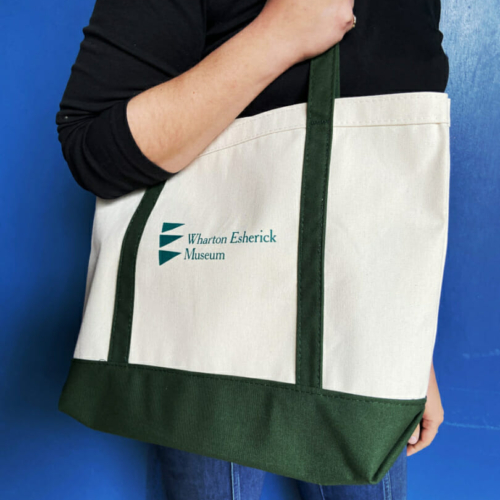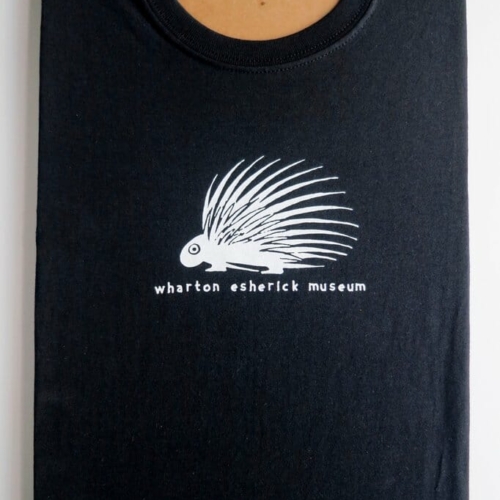-
Out of stock

 http://www.staceyleewebber.com/ Photo courtesy of the artist
http://www.staceyleewebber.com/ Photo courtesy of the artist -

 This print was struck from Wharton Esherick’s original woodblock and printed by letterpress on Torinoko paper. The paper quality, size, and printing technique used to make these prints were thoughtfully chosen from close examination of Esherick’s original prints in the Wharton Esherick Museum collection. This limited series of 25 prints were struck by Katie Garth, a Philadelphia-based print artist and educator. Learn more about her work at katiegarth.com. From an edition of 25 printed in 2024. Comes unmatted and unframed. *Please note that these prints are struck from Esherick’s woodblocks and reflect his original marks.*
This print was struck from Wharton Esherick’s original woodblock and printed by letterpress on Torinoko paper. The paper quality, size, and printing technique used to make these prints were thoughtfully chosen from close examination of Esherick’s original prints in the Wharton Esherick Museum collection. This limited series of 25 prints were struck by Katie Garth, a Philadelphia-based print artist and educator. Learn more about her work at katiegarth.com. From an edition of 25 printed in 2024. Comes unmatted and unframed. *Please note that these prints are struck from Esherick’s woodblocks and reflect his original marks.* -

 This print was struck from Wharton Esherick’s original woodblock and printed by letterpress on Torinoko paper. The paper quality, size, and printing technique used to make these prints were thoughtfully chosen from close examination of Esherick’s original prints in the Wharton Esherick Museum collection. This limited series of 25 prints were struck by Katie Garth, a Philadelphia-based print artist and educator. Learn more about her work at katiegarth.com. From an edition of 25 printed in 2024. Comes unmatted and unframed. *Please note that these prints are struck from Esherick’s woodblocks and reflect his original marks.*
This print was struck from Wharton Esherick’s original woodblock and printed by letterpress on Torinoko paper. The paper quality, size, and printing technique used to make these prints were thoughtfully chosen from close examination of Esherick’s original prints in the Wharton Esherick Museum collection. This limited series of 25 prints were struck by Katie Garth, a Philadelphia-based print artist and educator. Learn more about her work at katiegarth.com. From an edition of 25 printed in 2024. Comes unmatted and unframed. *Please note that these prints are struck from Esherick’s woodblocks and reflect his original marks.*














